
For the blanket ceremony, the Harvard University Native American Program selected Eighth Generation blankets, which are designed by Native artists.
Photos by Stephanie Mitchell/Harvard Staff Writer
Wrapped in tradition
Native American program’s blanket ceremony for graduates links recipients to history, culture while acknowledging their personal roots
Bestowing a blanket to mark a big achievement is an important cultural practice among many Indigenous communities. And graduating from Harvard qualifies.
The Harvard University Native American Program began practicing the tradition last year at its affinity graduation ceremony for Native students. The event comes with its own communal pageantry, but HUNAP has found a way to also make it feel very personal.
“When a tribal chairperson is blanketing someone — and I’m using it as a verb because it actually is both the giving of a blanket and also the act of draping it over the shoulders — there’s pageantry to it, there’s ceremony to it,” said Kelli Mosteller, executive director of HUNAP.
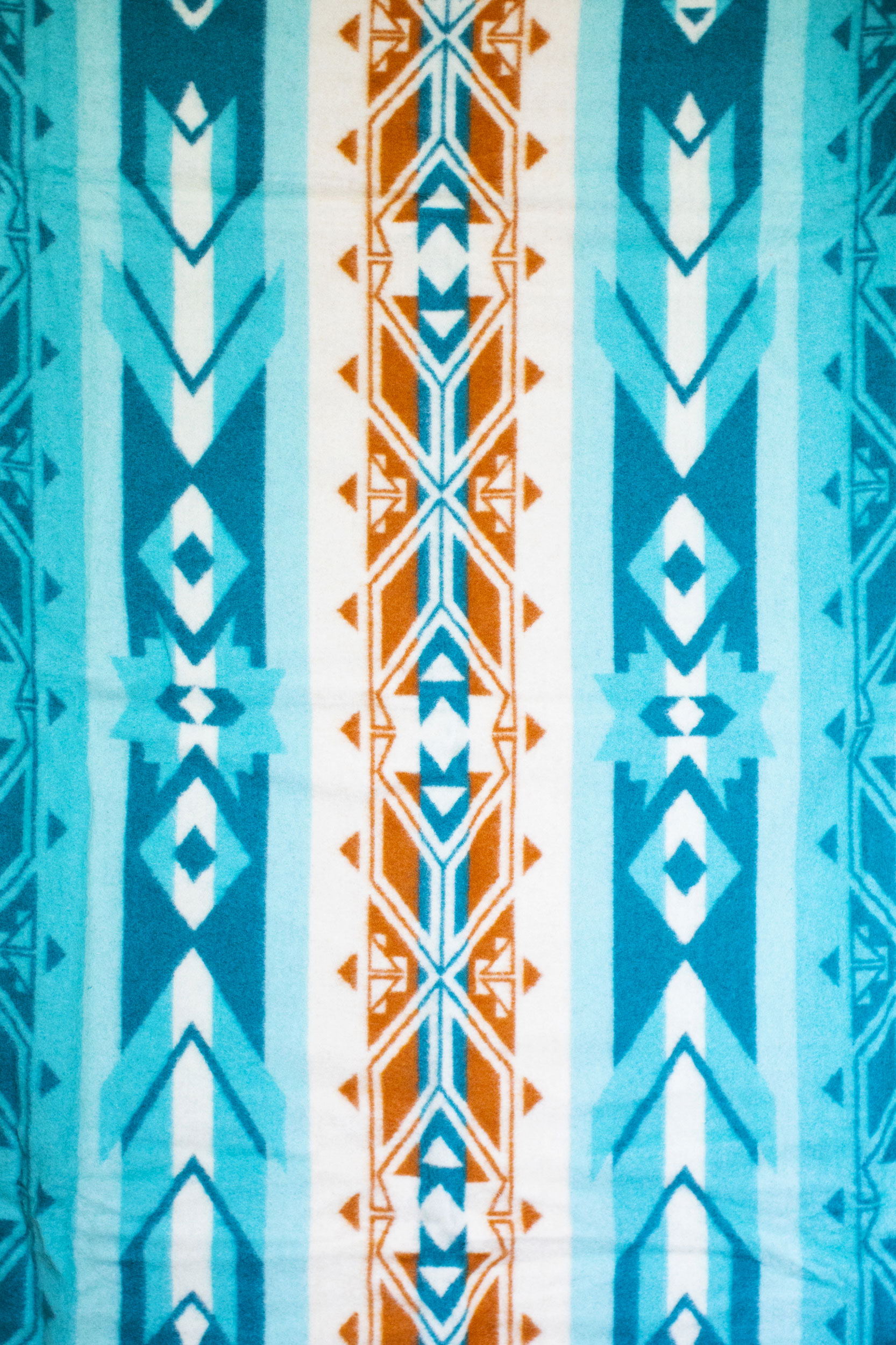
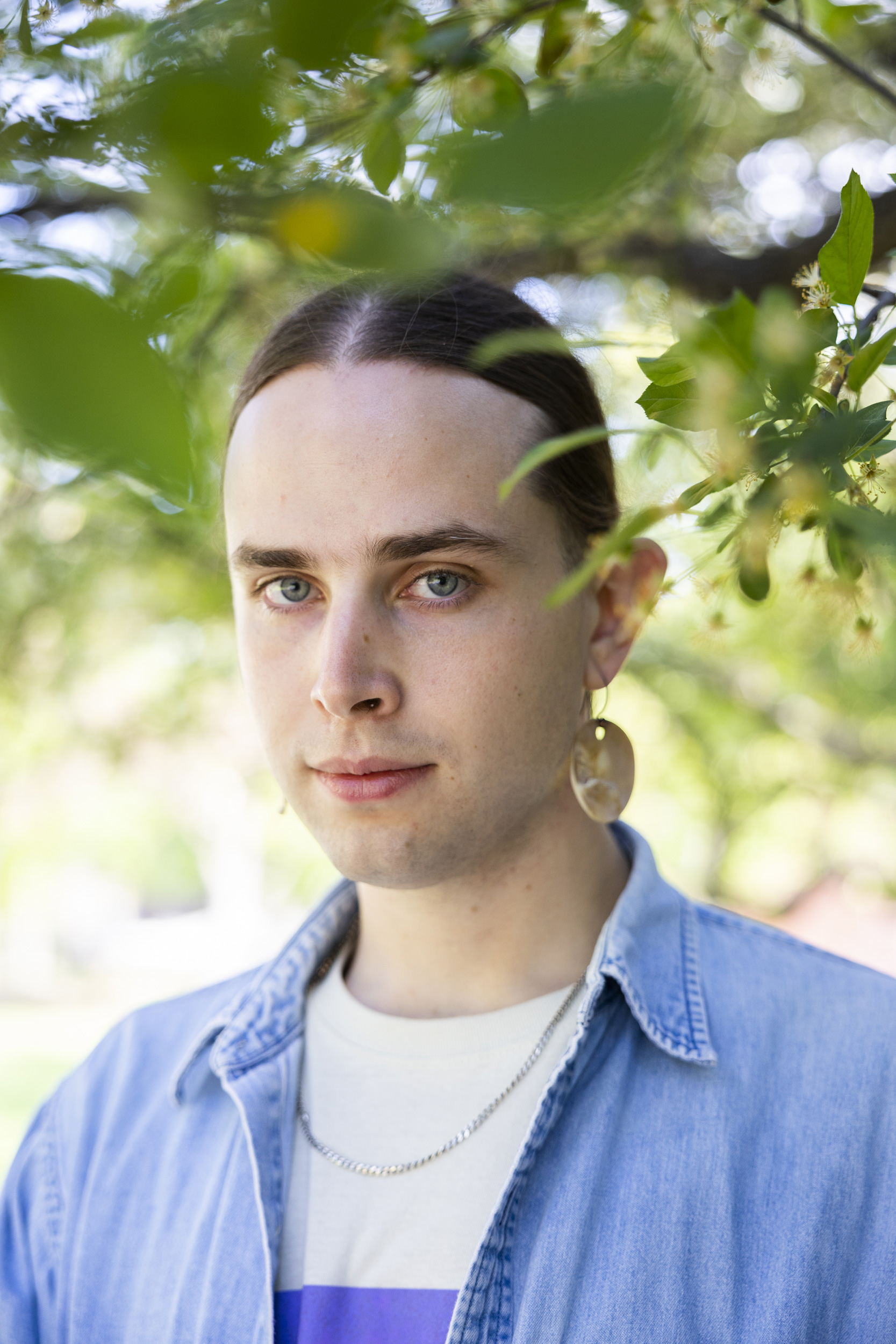
Kabl Wilkerson chose the “New Day” blanket. Artist Sarah Agaton Howes (Anishinaabe/Ojibwa) said it was inspired by the designs and colors of her people’s historic beadwork.
The program’s decision to use Eighth Generation blankets, which are designed by Native artists, has made the upcoming ceremony “extra meaningful,” said Kabl Wilkerson, a Ph.D. candidate focusing on history who is graduating with a master’s degree this spring.
“It’s really great that HUNAP is doing blankets specifically from Eighth Generation, which is a Native-owned business that supports and uplifts Native artists,” Cade Herrera ’23 said.
In a departure from last year when students were all blanketed in the same artist’s work, students this year had the opportunity to choose from dozens of designs created by different Indigenous creators from across the country.
“It’s been really interesting because some students have absolutely leaned in and chosen the blanket that is made from someone that is the closest to or from their tribe,” Mosteller said. “Others have chosen ones that speak to a part of their identity that’s really important to them, whether it be two-spirit [a term used by a person who identifies as having both a feminine and masculine spirit] or whether it be one that is meant to symbolize friendship and connection between North American and Central or South American tribes.”
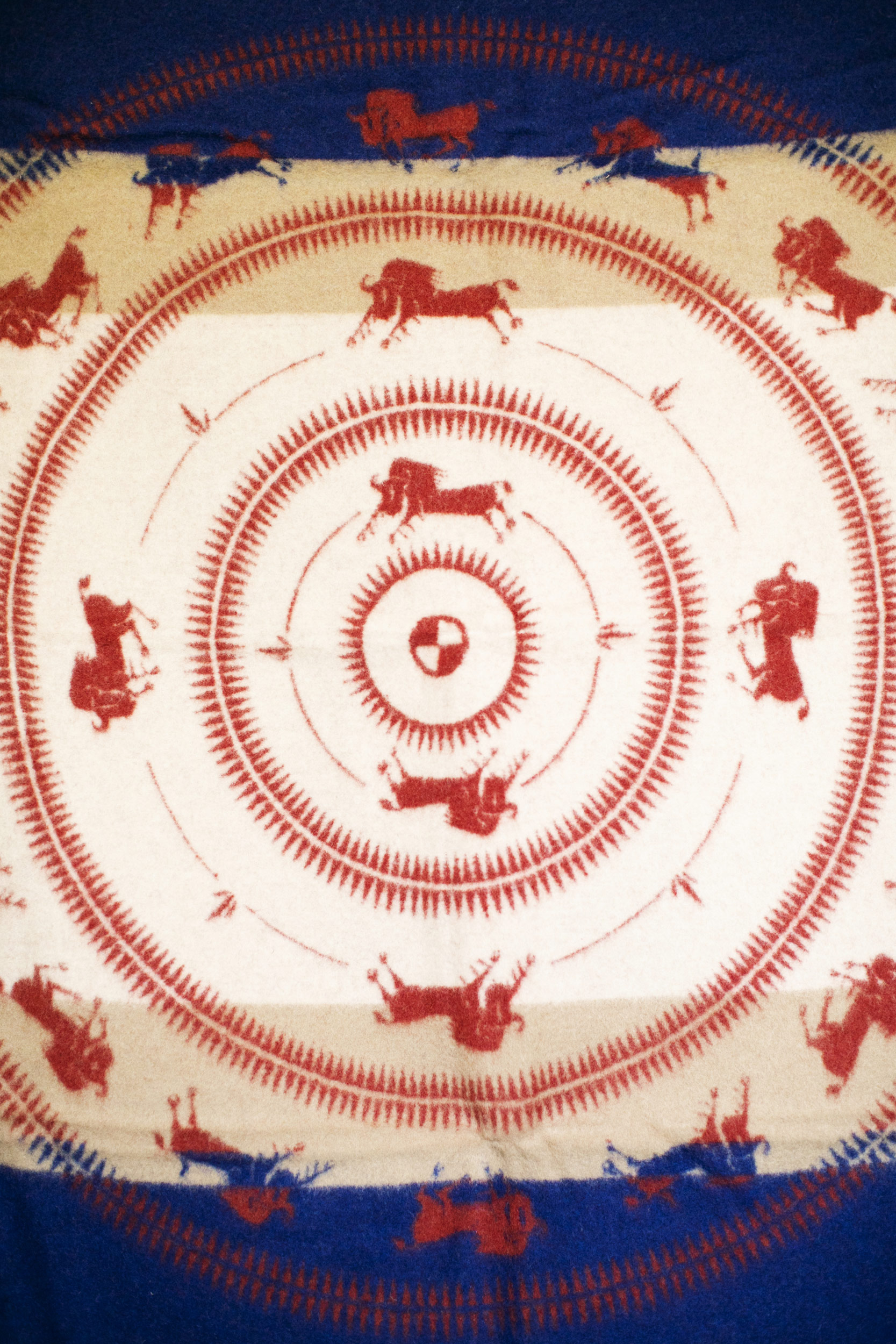
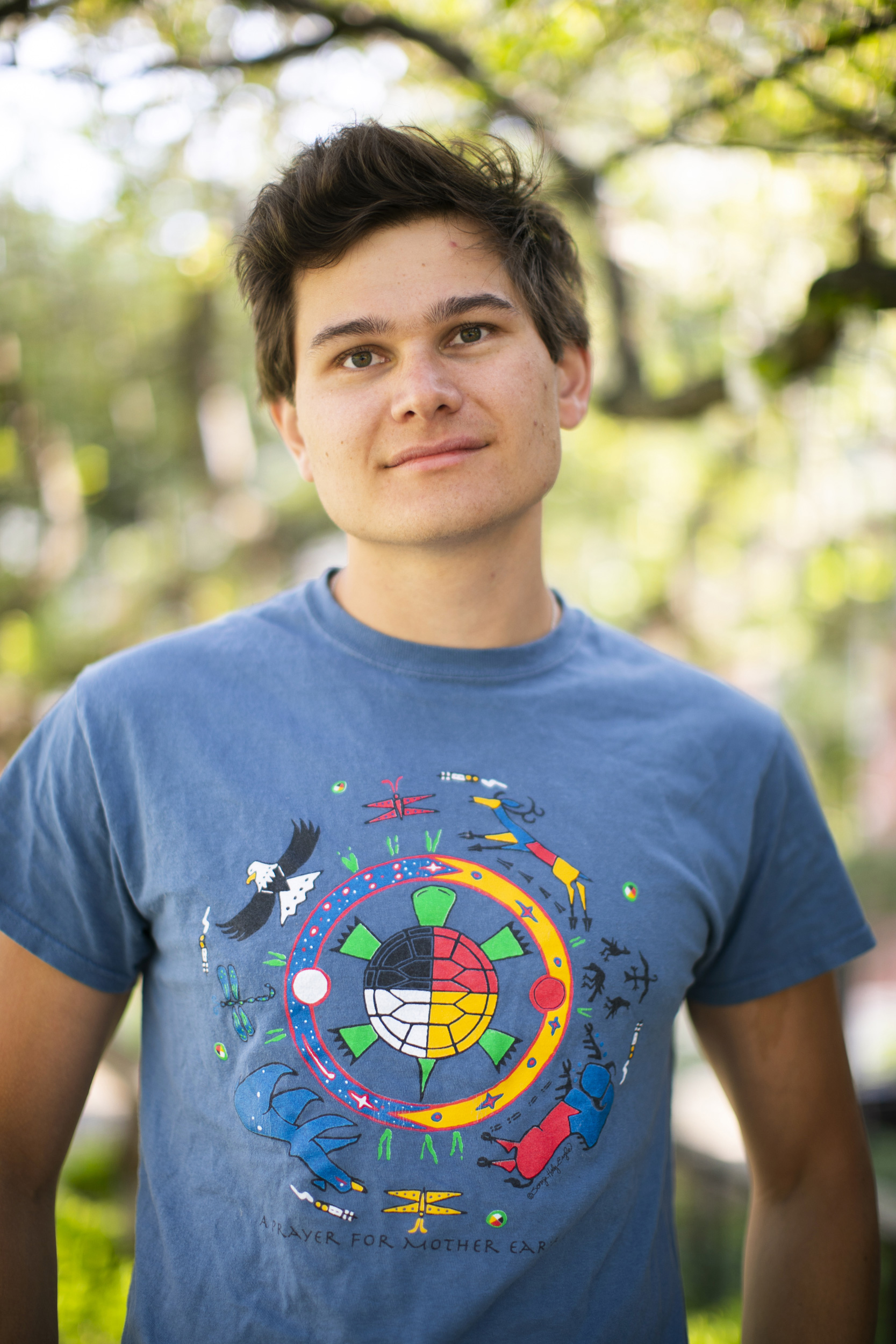
The “Return” design celebrates the return of the buffalo and the renewal of reservation economies. It was chosen by Cade Herrera.
Wilkerson, a member of the Citizen Potawatomi Nation of Oklahoma, chose a blanket designed by Sarah Agaton Howes, an artist of Anishinaabe/Ojibwe indigeneity, which is the brother tribe of the Potawatomi.
“I’m sure that’s the interest in a lot of other students’ selections, that they’re able to represent if not the people directly from their community who are artists and creators but are somehow adjacent or connected to them in some way,” Wilkerson said. “That’s really powerful.”
Amy Chalán, a social studies concentrator with a secondary in art, film, and visual studies, doesn’t have connections to the Native artists featured by Eighth Generation but was still able to choose a blanket to which she felt a strong connection. Born in Ecuador as a member of the Kichwa Saraguro Indigenous community, Chalán said spinning wool and making clothes are traditional parts of her culture.
“That’s how my grandma grew up, and her grandma grew up. Nowadays, we don’t do a lot of that for our everyday garments because it’s easier to buy it, but my grandfather has a lot of sheep and recently sent [wool] back to Ecuador, where our family is, to make a lot of those blankets,” she said.
Chalán opted for the “Bear Medicine” wool blanket that was also designed by Howes. The blanket features a mother bear carrying medicine and protecting her cub to symbolize the inheritance of spiritual and physical gifts from Indigenous ancestors.
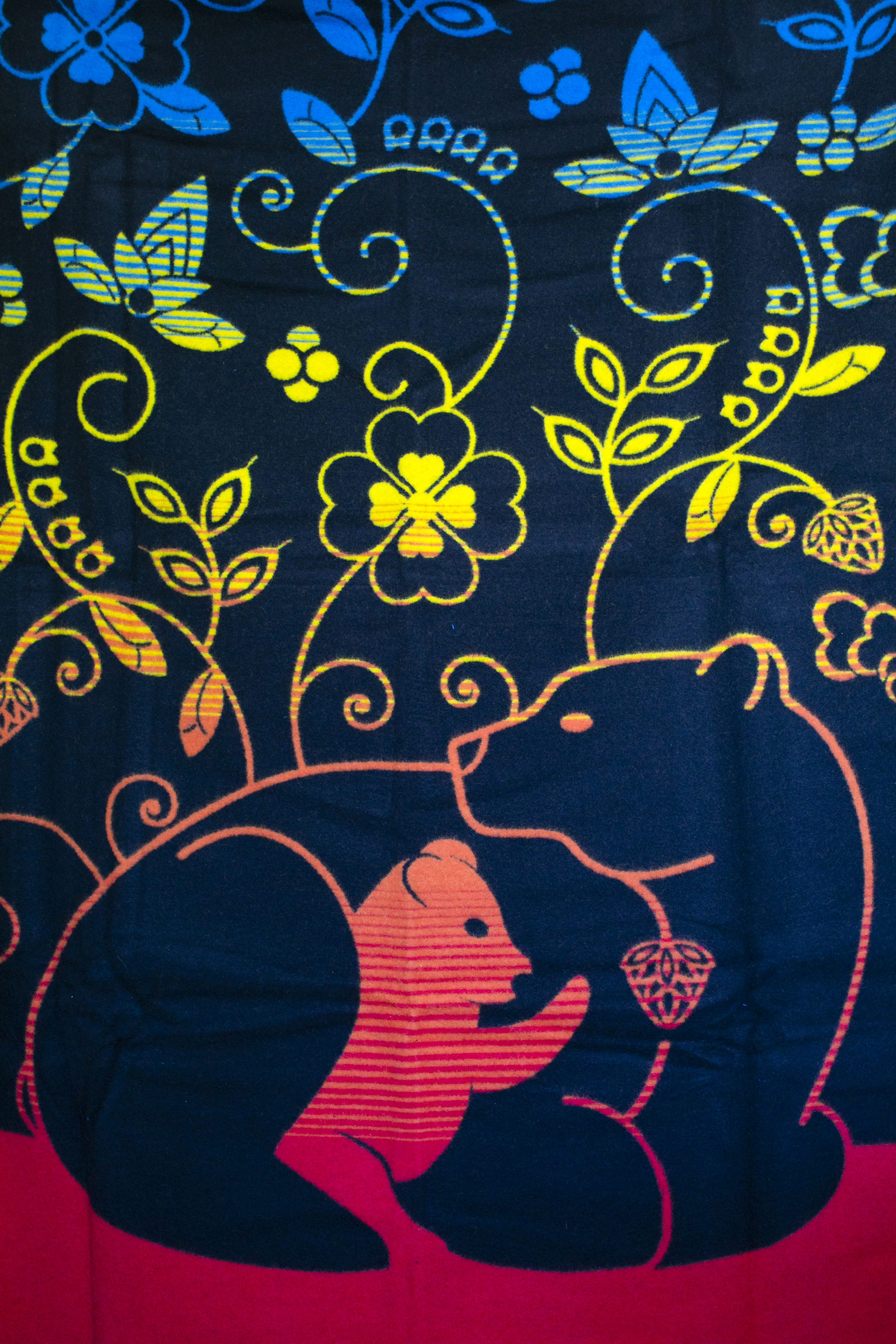
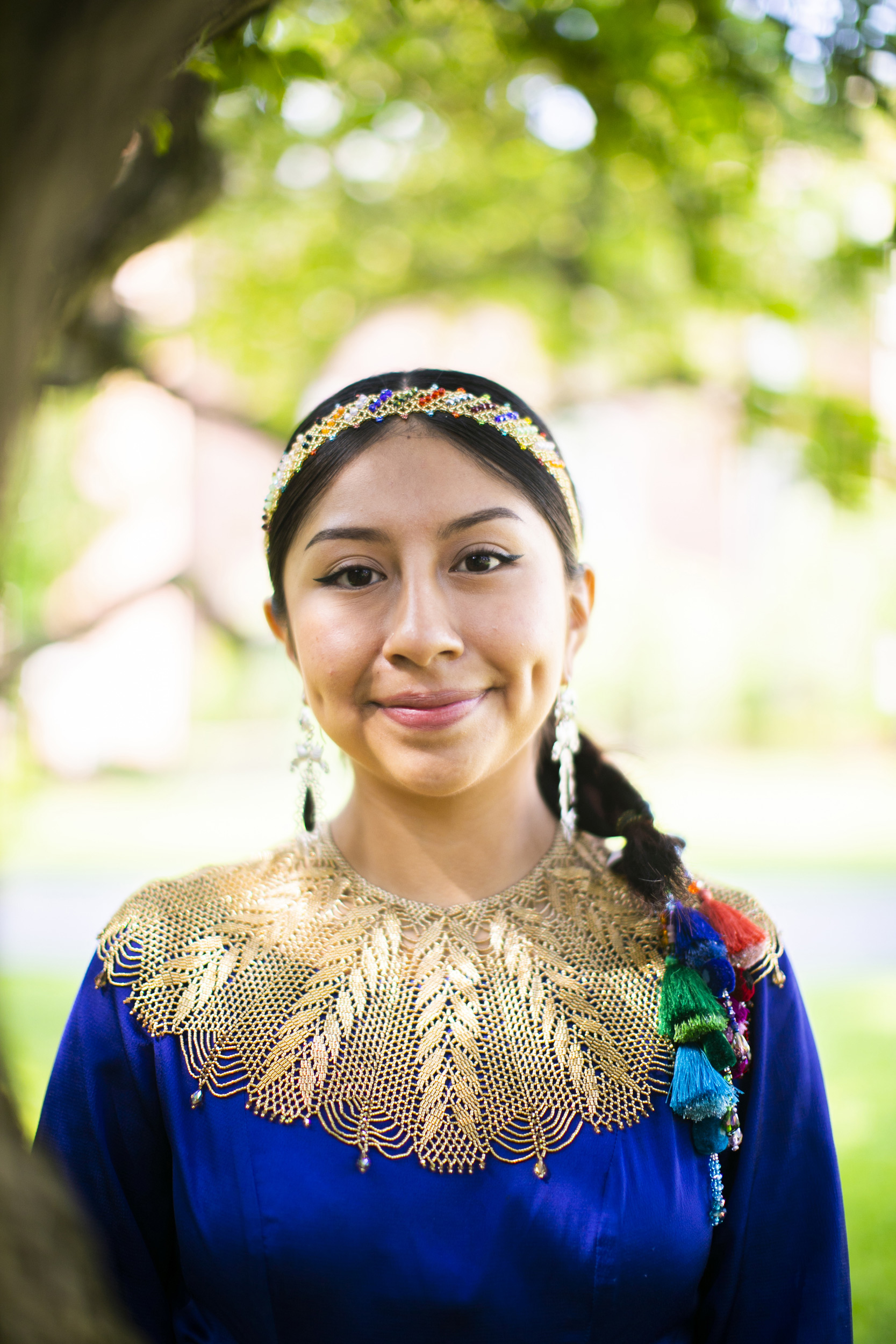
“Bear Medicine” was Amy Chalán’s choice. The mother bear protecting her cub symbolizes the inheritance of spiritual and physical gifts from Indigenous ancestors.
“Coming from the Kichwa Nation, we’re always told to be very aware of the place we hold within our lineage in terms of holding our ancestors’ teachings and actually implementing them because that will ensure that future generations also have the ability of proudly participating in their heritage and feeling like they’re part of a community,” she said.
Like Chalán, Herrera chose a blanket that had a strong connection to family. The neuroscience concentrator chose one from an artist who comes from his own Indigenous community.
“I got extraordinarily lucky because, even though it was out of stock, my blanket came from someone named Sonja Holy Eagle, who has the same affiliation as me. I’m Oglala Lakota, and she’s Oglala Lakota. She’s actually close personal friends with my grandma,” Herrera said. “It’s really great that I’m able to share that connection — not just people in my tribe but also my relatives.”
Holy Eagle is best known for her drum design work, Herrera explained, and worked in partnership with nonprofit Tanka Fund, dedicated to returning buffalo to Native lands and economies, to create “The Return,” which honors such efforts.
Graduates will don their blankets during a celebration hosted by HUNAP after the University Commencement ceremony.




